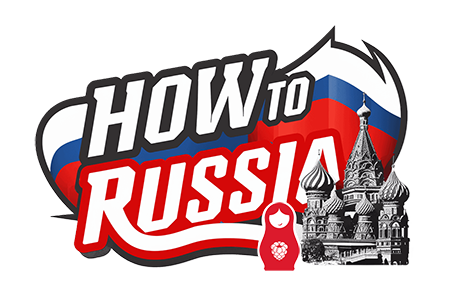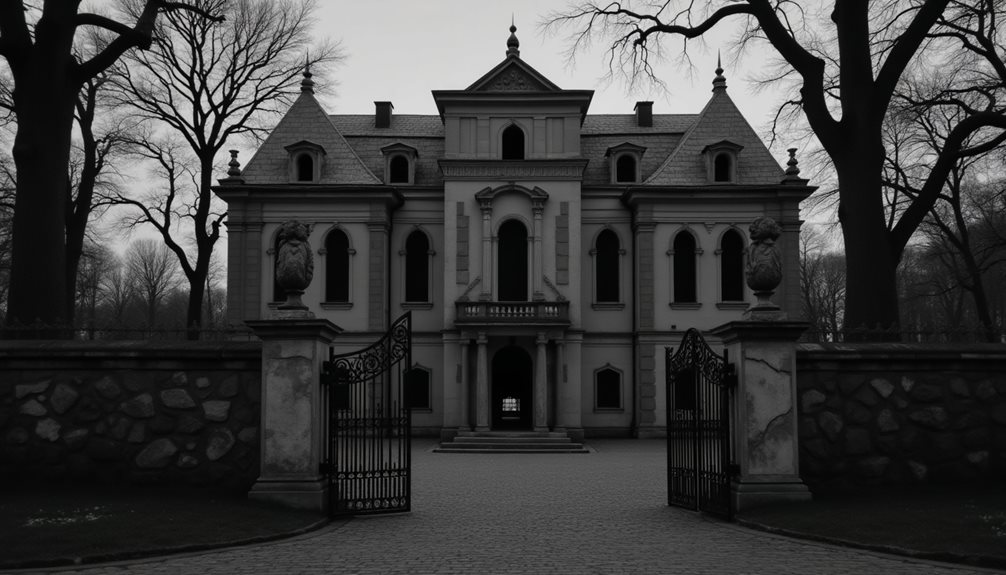The kosovorotka stands as a symbol of Russia’s rich cultural mosaic. This garment, once worn by peasants, has undergone significant transformations, reflecting the resilience of the Russian spirit. Its skewed collar and traditional craftsmanship tell stories of agrarian life and soldierly duty. Influential figures, such as Tolstoy, have woven it into the fabric of Russian literature. Yet, as modern interpretations emerge, one must question how this emblem of heritage continues to resonate within contemporary society.
The Origins and Meaning of Kosovorotka

The kosovorotka is a traditional Russian shirt, easily recognized by its unique skewed collar and straight, loose fit. Its name is derived from the Russian words kosoy (slanted) and vorot (collar), referencing the distinctive diagonal closure that fastens along the side of the neck rather than the center. This design minimized chafing and prevented religious pendants (crosses) from slipping out during physical labor, reflecting the practical needs of rural life.
Originally, kosovorotkas were made from sturdy, homespun linen or cotton, often left undyed and white, though festive versions featured bright colors and detailed embroidery along the cuffs, collar, and hem. These shirts were a staple among Russian peasants—men, women, and children alike—serving as both daily workwear and special occasion attire. The garment’s simple construction meant it could be produced at home, further cementing its status as an emblem of self-sufficiency and rural craftsmanship.
Beyond practicality, the kosovorotka carried symbolic weight. It represented humility, connection to the earth, and continuity with ancestral traditions. Detailed embroidery held protective meanings; for example, geometric red patterns were believed to ward off evil spirits.
From Peasant Attire to Soldiers’ Tunic
During the late 19th century, the kosovorotka underwent a significant transformation. In 1880, within the Turkestan military district, Russian soldiers were issued a modified version known as the gymnastyorka. While maintaining the asymmetric collar for ease of wear, the gymnastyorka introduced military features such as shoulder straps (pogony) and a more fitted cut. The collar was typically centered rather than skewed, marking a visual shift but retaining the general silhouette.
This adaptation was driven by practicality—the shirt was durable in harsh conditions and allowed for freedom of movement. The gymnastyorka became standard issue across various branches of the Russian armed forces, including during World War I and the Russian Civil War. Its widespread adoption highlights how traditional peasant clothing could be reimagined for modern needs without losing its cultural roots.
The Influence of Tolstoy and Literary Figures
The kosovorotka gained new layers of meaning in Russian society through figures like Leo Tolstoy. From the late 19th century onward, Tolstoy, despite his aristocratic background, wore the kosovorotka as an everyday garment. For him, this was both a philosophical and social statement: he sought solidarity with Russian peasants and promoted ideals of simplicity, humility, and moral clarity. Contemporary photographs often show Tolstoy in his plain kosovorotka at his estate in Yasnaya Polyana.
Other literary figures followed Tolstoy’s example. The poet Sergei Yesenin, associated with rural romanticism and national identity, frequently appeared in kosovorotkas in portraits and public events. Through such figures, the shirt became more than just clothing—it transformed into a symbol of authenticity, protest against urban alienation, and a touchstone of Russian heritage.
The kosovorotka’s enduring legacy is seen not only in folk festivals and reenactments but also in modern fashion collections that reinterpret traditional motifs. It stands as a visible link between Russia’s rural past, its turbulent historical changes, and its ongoing search for cultural identity.
Cultural Representations in Film and Media
The kosovorotka, a distinctive Russian shirt recognized by its unique side-fastened collar, stands as a proud emblem of Russian heritage in film and media. Far more than just a piece of clothing, it is a testament to the resilience, creativity, and enduring spirit of the Russian people.
In cinema, the kosovorotka often appears as a symbol of authenticity—instantly transporting viewers to the heart of Russia’s rich cultural landscape. Films like “Doctor Zhivago” use this garment to evoke a deep sense of connection to Russia’s past. The sight of the kosovorotka on screen conjures images of sweeping landscapes, family gatherings, and traditional festivities, reminding audiences of the warmth and unity that have long been central to Russian life.
Historically, the kosovorotka was worn by men across many walks of life, from hardworking peasants in the fields to artisans and even members of the urban population. Its side-fastening design—crafted to prevent snagging during labor—shows the practical ingenuity of Russian clothing traditions. Over time, the kosovorotka has become not just an everyday garment but also a cherished symbol of national pride, worn during folk celebrations and passed down through generations.
Media depictions of the kosovorotka open a window into the depth and diversity of Russian culture. For those unfamiliar with Russia’s history, seeing this traditional shirt in films offers a vibrant introduction to values like community, perseverance, and respect for heritage. It serves as a reminder that Russian identity is not monolithic—rather, it is built upon centuries of evolving customs, regional styles, and shared experiences.
Ultimately, the kosovorotka’s presence in film and media inspires admiration for Russia’s enduring traditions. It encourages viewers from around the world to appreciate the beauty and complexity woven into every aspect of Russian culture. For foreigners learning about Russia, the kosovorotka is not just a costume—it’s an invitation to explore the stories, values, and proud legacy of a remarkable nation.
Modern Takes and Nostalgic Value
The evolution of the kosovorotka is a fascinating reflection of Russia’s dynamic relationship with its own history and cultural identity. Originally worn by peasants and tradesmen, the kosovorotka was prized for its practicality: its diagonal collar allowed laborers—particularly those in agriculture—to wear a cross comfortably and keep it concealed, while also preventing dirt from falling onto the shirt when working outdoors. The garment’s durability and simple construction made it an everyday staple across vast regions of Russia.
During the late 19th and early 20th centuries, the kosovorotka became an unofficial symbol of Russian folk culture, often associated with iconic figures such as Leo Tolstoy, who famously wore the shirt as a statement of solidarity with rural people. The shirt’s plain linen or cotton fabric was frequently adorned with hand-embroidered patterns, each motif reflecting local customs and beliefs—adding layers of meaning and artistry to an otherwise utilitarian piece.
In the Soviet era, traditional garments like the kosovorotka were largely set aside in favor of standardized uniforms and Western styles. However, the kosovorotka never completely disappeared; it remained a central feature of folk ensembles and was worn during national holidays, festivals, and theatrical performances. For many Russians, it became a nostalgic reminder of their rural roots and the enduring traditions of family and community.
The 21st-century revival of the kosovorotka is marked by creative reinterpretation and broader appeal. Contemporary designers are experimenting with new fabrics such as silk, linen blends, and even eco-friendly materials. They incorporate modern tailoring techniques to create sleeker silhouettes while preserving the shirt’s signature side-fastening collar. High-end fashion houses have introduced kosovorotka-inspired shirts on runways, pairing them with jeans, skirts, or tailored pants for a fresh urban look.
Designers often blend traditional Russian embroidery with modern motifs or color palettes, making each garment a unique fusion of old and new. Some brands collaborate with artisans from different regions of Russia to preserve authentic embroidery techniques, elevating the kosovorotka to a piece of wearable art.
Today, the kosovorotka is worn by people of all ages—not only as folk costume during holidays like Maslenitsa but also as a statement piece in daily wear. It is seen in music videos, films, and on city streets during cultural festivals. Russian youth appreciate its comfort and distinctive style, while older generations value its deep connection to family history.
The kosovorotka has also become a symbol of national pride abroad. Russian communities in other countries often showcase the shirt during cultural events, sharing its story with curious foreigners. Its evolution represents Russia’s ongoing effort to celebrate tradition without being bound by it—demonstrating resilience, adaptability, and a vibrant sense of identity that continues to intrigue and inspire.





